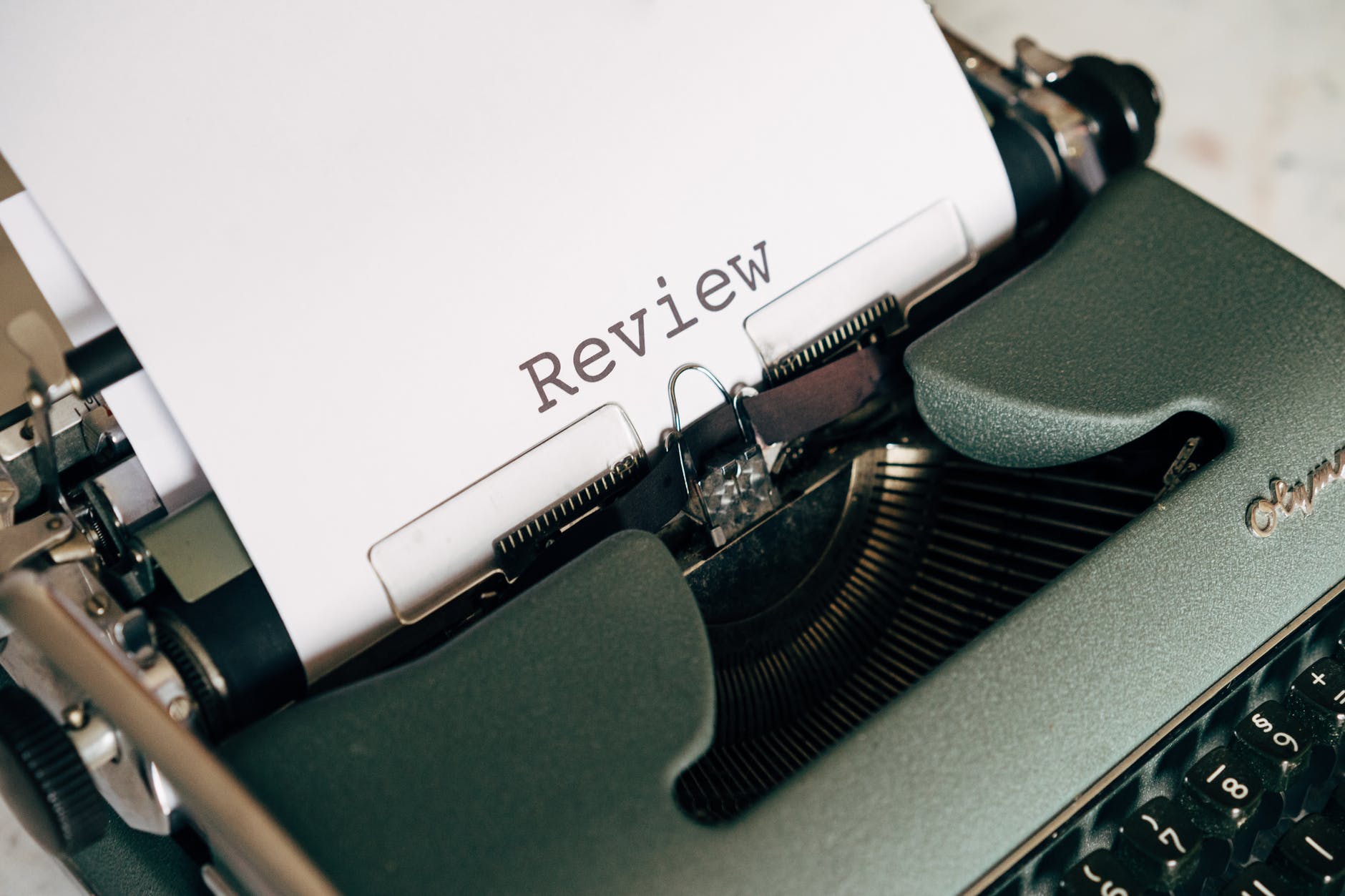Copyright law is in place to protect unauthorized use of the original work of the author i.e., the use without the permission of the creator of that work. Such unauthorized use is called infringement in copyright law and action can be brought against the infringer. However, the law also permits some restricted use of copyrighted work without the permission of the owner. This recognizes the cultural impact of creative works, and seeks to find a balance between the protection of authors’ rights and the ability of the public to freely interact with creative works. This restricted use in copyright law is termed as fair use or fair dealing and is a defense to infringement.

Fair dealing and fair use are both used to refer to situations where copyrighted material can be used without the authors’ permission, but they differ a little in specifics and a lot in origins. The concept of fair dealing was developed in the United Kingdom having originated from the 1741 case of Gyles v. Wilcox which coined the term “fair abridgement,” later developed into fair dealing. Any usage coming under fair dealing should fall into a set of pre-defined exceptions such as non-commercial research or private study, criticism, review, reporting, illustration for instructions etc. Fair use, on the other hand, is a more generalized concept developed over time in the USA and has a more open and wide ambit. The fair use doctrine works on a case-to-case basis and the following four-factor test (developed since the case of Folsom v. Marsh is used in each case to determine its applicability:
- Purpose of use
- Nature of work
- Amount of the work used
- Effect of use of the work on the owner
In India, the concept of fair dealing has been imported from the UK and Section 52 of the Copyright Act, 1957 explicitly specifies certain works and acts that do not constitute infringement of copyright. These include research, private study, criticism, review, reporting etc. but over time, apart from relying on the fair dealings listed in the aforementioned section, Indian courts started having a conjoint approach by also considering the four-factor test of fair use to determine fair dealing as per the Copyright Act.
In the case of India TV Independent News Services Pvt. Ltd. vs Yashraj Films Pvt. Ltd where parts of visuals of songs from plaintiff’s movies were being used by the defendant in their news program, the Delhi High Court restrained them from doing so in spite of them claiming it under ambit of fair dealing according to Section 52 of the Copyright Act, 1957. In another case, Civic Chandran v. Ammini Amma, the court established following three tests similar to the fair use approach of the USA to determine copyright infringement.
- the quantum and value of the matter taken in relation to the comments or criticism
- the purpose for which it is taken
- the likelihood of competition between the two works
Owing to the complexities of the laws in different jurisdictions, legal ambiguity, and different views of courts within the same jurisdiction with regard to copyright and infringement it becomes difficult for individuals such as students or informal bloggers to determine what can be and what cannot be used by them from the abundant freely available material online. This problem is exacerbated by the lack of legal awareness exhibited by the average person. There is some degree of grey space for such usage but ambiguity continues to persist due to non-uniformity of copyright law across the globe. There are also certain myths prevalent in common parlance, such as the belief that citing the sources would not amount to copyright infringement.
All this makes it difficult for one to determine the true extent of protection due to a work at first glance. Therefore, to be at safer end, it is best to use information available in public domain to avoid any copyright disputes for such individuals and a need arises for different countries to come at a common outlook in regard of copyright infringement and fair dealing or fair use.
Author: Imran Rizvi, Legal Intern at PA Legal.
In case of any queries, kindly contact us here.